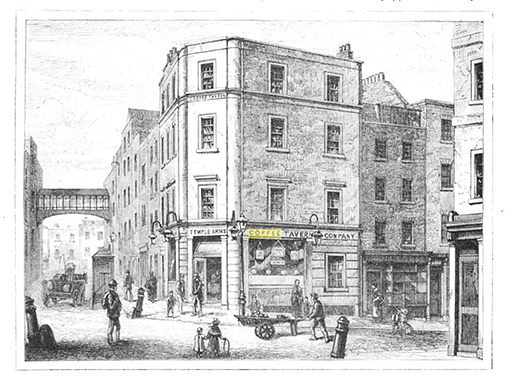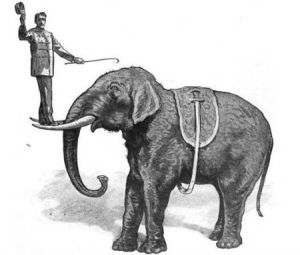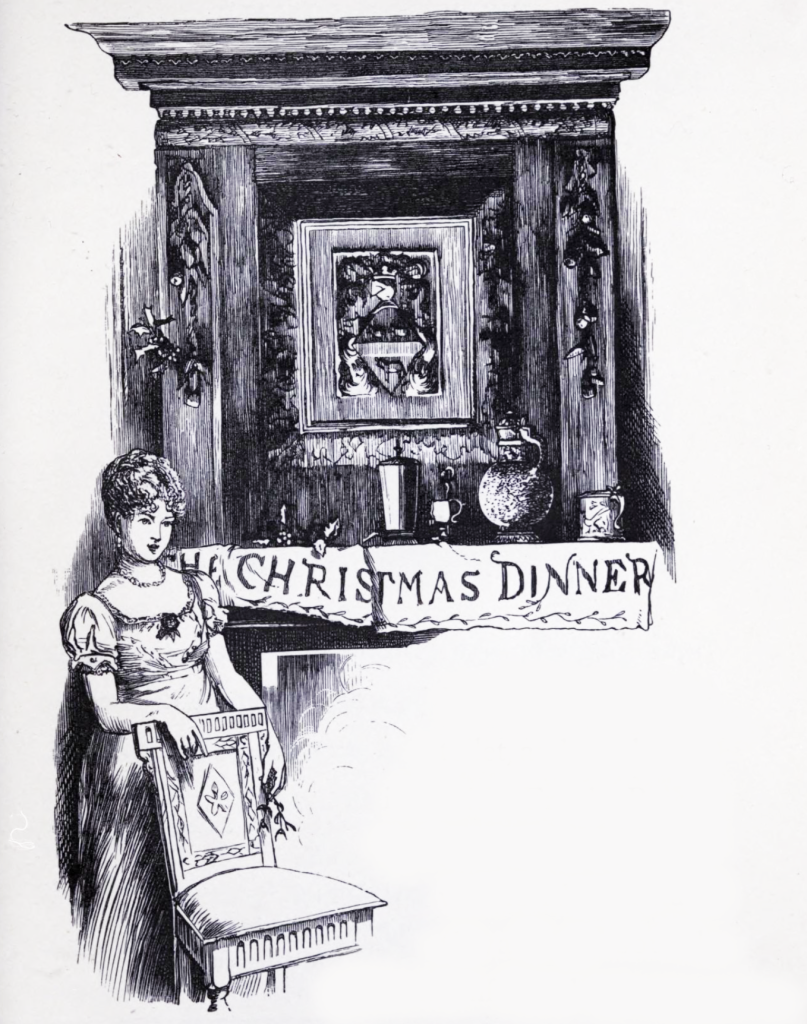
I have lived in southern New England for a while now, and it used to be that I could count on winter’s being, well, wintry. Snow fell and it stuck around. In recent years, however, the winter weather has tended to be at once monotonous and unsettled: alternately gloomy and blustery for days, wet, sometimes icy, and unseasonably warm. I’ve taken to calling it “Novembril,” this new super-season of six months’ duration that offers a tedious blend of winter and autumn. It will be followed by the yin to its yang, Maytober, which has its own dubious charms.
Anyway, I’ve been beguiling Novembril Sundays by visiting art museums. I do it to steady myself against the turn Mother Nature has taken — not to mention similar turns taken in world events and national affairs. I take great comfort in the simple fact that beautiful things were once made and people once delighted in them. And, if the crowds I’ve jostled with are any indication, I’m not the only one who does.
At some point, however, delight morphs into exhaustion. Hours of marveling at Grecian urns, admiring Dutch landscapes, and studying portraits by Sargent makes my head swim, my eyes smart, my legs ache. Art drunk, I jokingly call this enervated state. And the only thing that sobers me up is a trip to the museum coffee shop.
Continue reading

